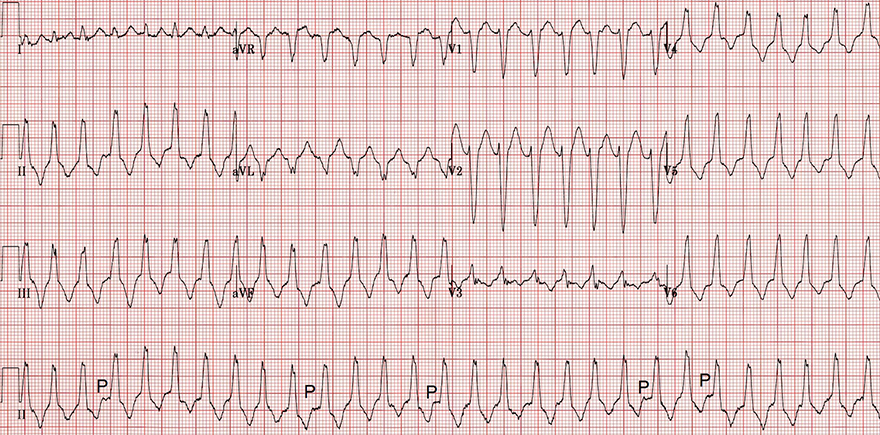



Ventricular Tachycardia from the Right Ventricular Outflow Tract


Ventricular Tachycardia from the Left Ventricular Outflow Tract


Anterior Fascicular Ventricular Tachycardia

Posterior Fascicular Ventricular Tachycardia
Sources
Ventricular Tachycardia
|

|
Idiopathic Ventricular Tachycardia
|

|
Ventricular Tachycardia from the Right Ventricular Outflow Tract
|

|

Ventricular Tachycardia from the Right Ventricular Outflow Tract
|

|

Ventricular Tachycardia from the Left Ventricular Outflow Tract
Fascicular Ventricular Tachycardia
|

|

Anterior Fascicular Ventricular Tachycardia

Posterior Fascicular Ventricular Tachycardia
Sources